Papaya
Leaf
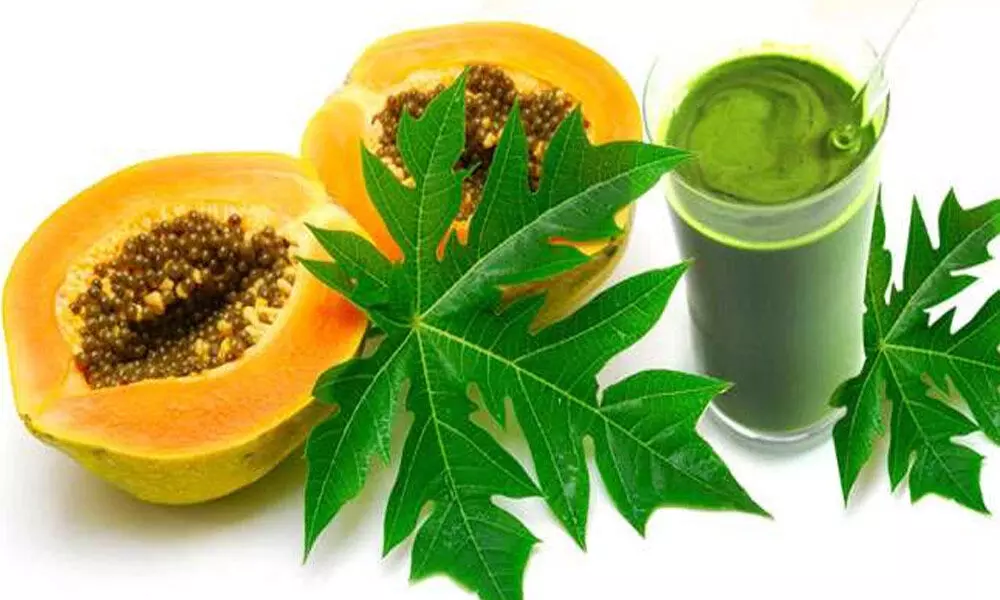
Papaya Leaf (Carica papaya) comes from the tropical fruit tree known for its large, deeply lobed leaves. While the fruit of the papaya tree is widely consumed for its sweet taste and numerous health benefits, the leaves are also highly valued for their medicinal properties. The leaves contain a range of active compounds, including papain, alkaloids, and flavonoids, which contribute to their therapeutic uses.
1. Size:
- Papaya leaves are large, typically measuring between 12 to 24 inches (30 to 60 cm) in length. They are broad with a deep lobed structure, resembling an oversized hand with extended fingers.
2. Color:
- The leaves are a vibrant green color, sometimes with a slightly darker hue near the veins. When young, they may have a lighter, more tender green color.
3. Texture:
- The texture of Papaya leaves is leathery and somewhat coarse. The surface of the leaf is smooth, while the veins are prominent and raised, providing a textured feel.
4. Fragrance:
- Papaya leaves have a slightly bitter, herbal aroma. When crushed, the leaves release a strong, distinctive scent that is both earthy and somewhat pungent.
5. Uses:
- Papaya Leaf is widely used in traditional medicine to treat various ailments, including dengue fever, digestive issues, and skin conditions. The leaf is often consumed as a tea or juice to support the immune system, improve digestion, and reduce inflammation.
- In some cultures, Papaya Leaf is used as a vegetable, either cooked or in raw salads. The leaves are also used to tenderize meat, thanks to the enzyme papain, which breaks down protein fibers.
- The leaves are applied topically to treat skin problems such as acne, rashes, and wounds. They are believed to have antibacterial and healing properties that promote healthy skin.
- Papaya Leaf is also consumed as a detoxifying agent, helping to cleanse the liver and support the body’s natural detox processes.
6. Habitat:
- Papaya trees thrive in tropical and subtropical climates. They prefer well-drained, fertile soil and are typically grown in regions with consistent warm temperatures and high humidity. The trees are commonly found in home gardens and farms throughout Asia, Africa, and the Americas.
7. Cultural and Spiritual Significance:
- Papaya Leaf has a long history in traditional medicine, particularly in tropical regions. It is used to treat a wide range of ailments, from infections to digestive issues. In many cultures, the leaf is regarded as a powerful natural remedy.
- In some spiritual traditions, Papaya Leaf is used in rituals and ceremonies for protection and healing. The leaves are sometimes burned or used in baths to cleanse negative energy and promote well-being.
Spiritual Properties
- Healing: Papaya Leaf is associated with healing both physical and spiritual ailments. It is believed to restore balance and vitality, making it a popular choice for spiritual cleanses.
- Protection: The leaves are also considered protective, often used to ward off negative influences or energies. They are sometimes placed in homes or worn as amulets for this purpose.
Medicinal Properties
- Dengue Fever: Papaya Leaf is famous for its use in managing dengue fever. The leaf extract is believed to increase platelet count, a crucial factor in recovering from the illness. It also helps reduce fever and inflammation.
- Digestive Health: The enzyme papain found in Papaya Leaf aids digestion by breaking down proteins, making it useful for treating indigestion, bloating, and other digestive disorders. It is also used to treat intestinal worms.
- Anti-inflammatory: Papaya Leaf contains various compounds with anti-inflammatory properties, making it effective in reducing inflammation and pain associated with conditions like arthritis.
- Immune Support: The leaf is rich in antioxidants, which help strengthen the immune system and protect the body from infections and diseases.
Allergic Reactions
Papaya Leaf is generally safe for most people, but some individuals may experience allergic reactions or adverse effects.
- Skin Reactions: Direct contact with Papaya Leaf may cause skin irritation in sensitive individuals, leading to redness, itching, or rash. It is advisable to test a small area of skin before applying it more widely.
- Respiratory Irritation: Inhaling the aroma or fumes of Papaya Leaf, especially when burnt, may cause respiratory irritation in some people, particularly those with asthma or other respiratory conditions.
- Gastrointestinal Distress: Consuming large amounts of Papaya Leaf, especially in raw form, can lead to gastrointestinal discomfort, including nausea, vomiting, or diarrhea. It is best to consume it in moderation or under the guidance of a healthcare professional.
- Pregnancy Concerns: Papaya Leaf is believed to have uterotonic properties, meaning it could stimulate contractions. Pregnant women should avoid using Papaya Leaf without consulting a healthcare provider.
- Bitter Taste: Papaya Leaf has a very bitter taste, which may be unpleasant for some individuals. This bitterness can cause nausea or an aversion to consuming it regularly.
- Drug Interactions: Papaya Leaf may interact with certain medications, particularly blood thinners or anti-inflammatory drugs. It is advisable to consult a healthcare provider before using it as a supplement.
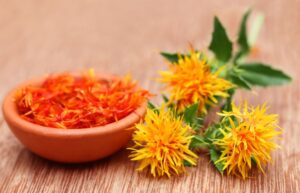
Safflower
Safflower Safflower is a vibrant herb known for its bright yellow, orange, or red flowers, which are harvested for their seeds and petals. The plant

Uva Ursi
Uva Ursi Uva Ursi, also known as bearberry, is a small, evergreen shrub that is prized for its medicinal properties, particularly in treating urinary tract

Jojoba
Jojoba Jojoba (Simmondsia chinensis) is a perennial shrub native to the arid regions of the southwestern United States and northern Mexico. The plant is best
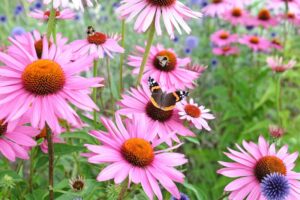
Echinacea and its Evolving Role in Cold Treatment
Echinacea and its Evolving Role in Cold Treatment Echinacea, a vibrant purple coneflower, has a rich history in traditional medicine, particularly valued for its immune-boosting
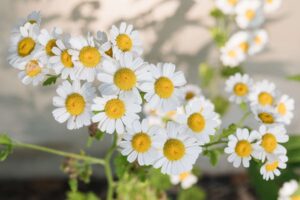
Chamomile Flowers
Chamomile Flowers Chamomile Flowers are small, daisy-like blossoms known for their soothing and calming properties. These flowers have been used for centuries in herbal medicine,
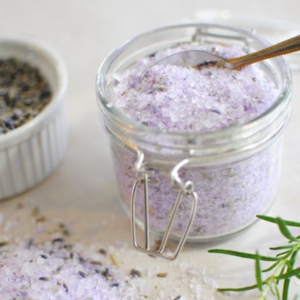
Rosemary & Lavender Healing Bath
Rosemary & Lavender Healing Bath This healing bath is designed to cleanse both the body and spirit. Rosemary and lavender combine to promote relaxation, relieve